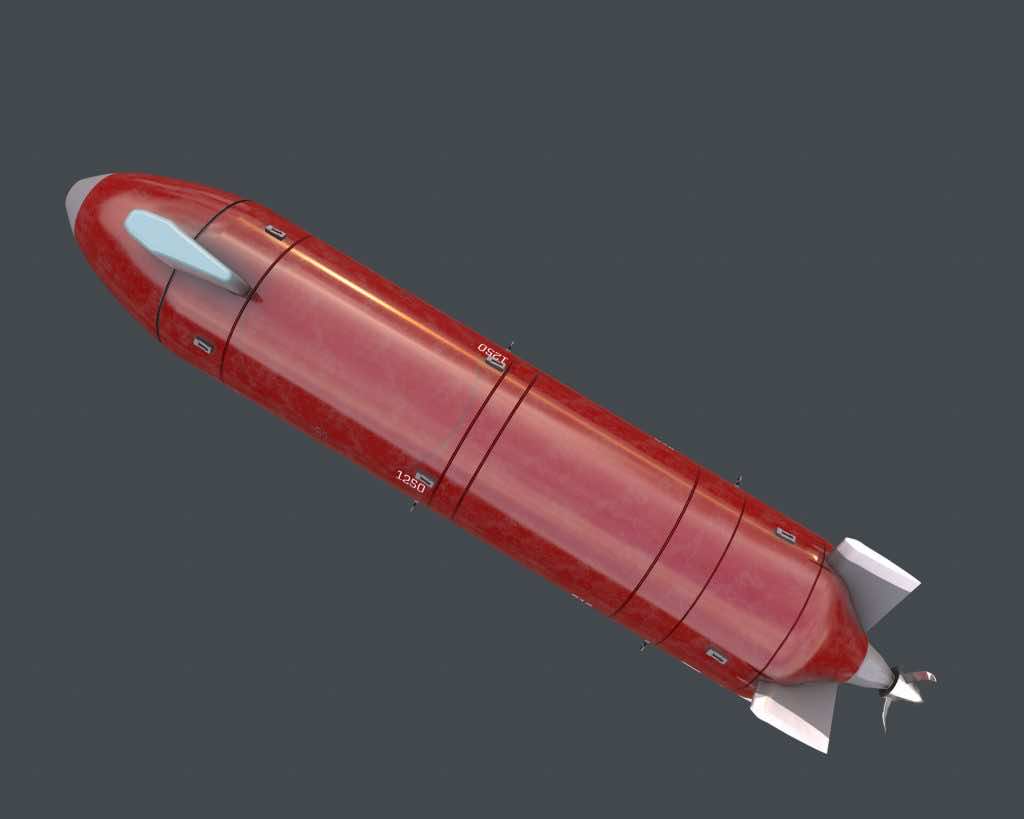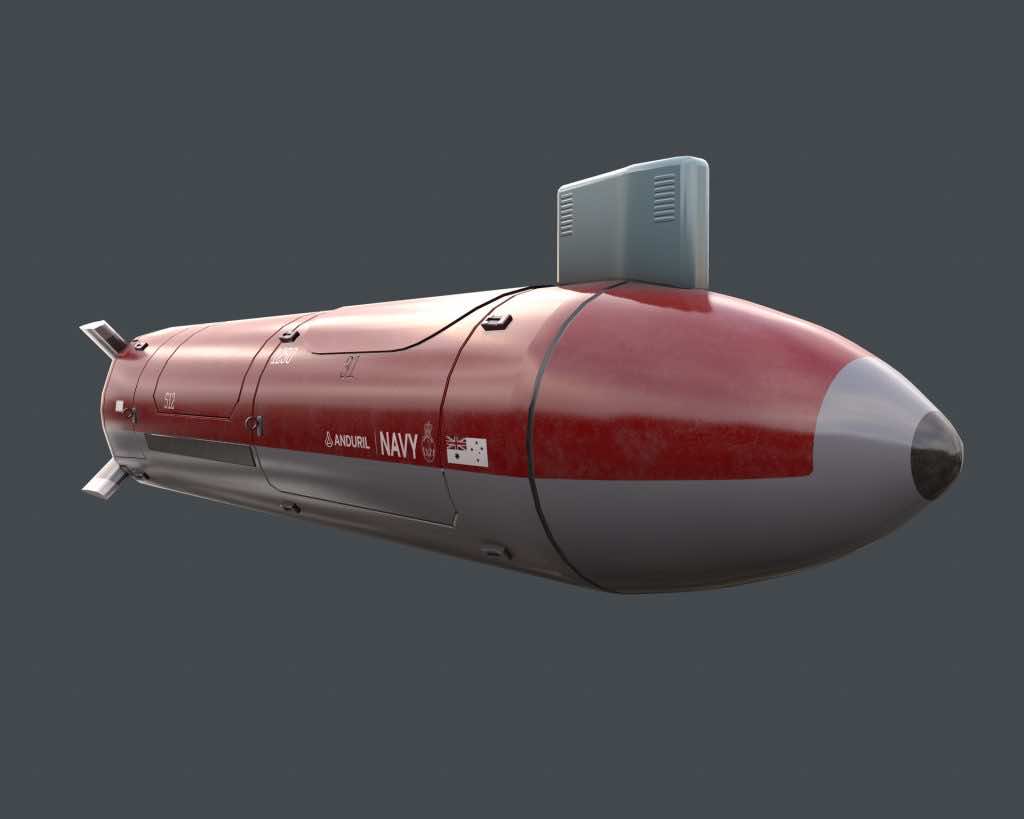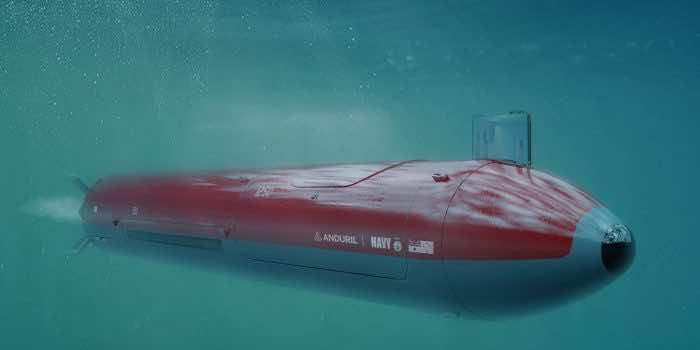Australia has announced that it will develop autonomous submarines (XL-AUVs) for the Royal Australian Navy. Strangely enough, the submarines will not be waterproof. The water will flow through them as they are autonomous and there is no human aboard.
These XL-AUVs are stealthy and can carry various military payloads over long distances. The framework of these subs will be of lightweight aluminum skin with gaps in between, so that water can flow through them. The submarines will have battery-powered propulsion systems, navigation & control systems in the nose cone, and the space between the submarines will be for the storage of military payloads. These war-drones can perform a variety of tasks, ranging from spying to anti-submarine warfare.

The contractor will deliver three XL-AUV prototypes to the Royal Australian Navy by the end of the three-year program. Each of the prototypes will be iterative, meaning that the three prototypes will not be the same vehicle. As a result, each prototype will allow water to flow freely, so as a result, they can be produced quickly because there is no need for heavy welding and there is no crew aboard.
Goodrich said that “The midsection modules can be of varying lengths to meet specific requirements.” He also said, “The batteries are pressure-resistant, and all the navigation and control subsystems are inside pressure vessels the size of propane gas tanks that are located in various parts of the vehicle, leaving the maximum amount of space for payloads that will be accessed via payload doors and covers.”
The length of the payloads will determine the XL-AUV range and endurance. The sub will have the ability to carry out operations at a depth of 6000 metres below sea level. The contractor (Anduril) aims to use technology from the U.S. AUV, which is capable of conducting operations for up to 10 days.

The sub will be integrated with a powerful artificial intelligence (AI) system, which will allow the submarine to operate itself because there isn’t a great deal of connectivity where the submarines are likely to go. Goodrich stated. “Our autonomous systems mean that you can have really sophisticated sensor processing on the vehicle, so it can do things like analyze the signature of the propulsion system, sonar reflections, and so on to identify a vessel of interest and exactly what it’s doing. There are various ways that the XL-AUV can communicate through the lattice system.


